Saint Julien Elegance
Posted on May 13, 2018
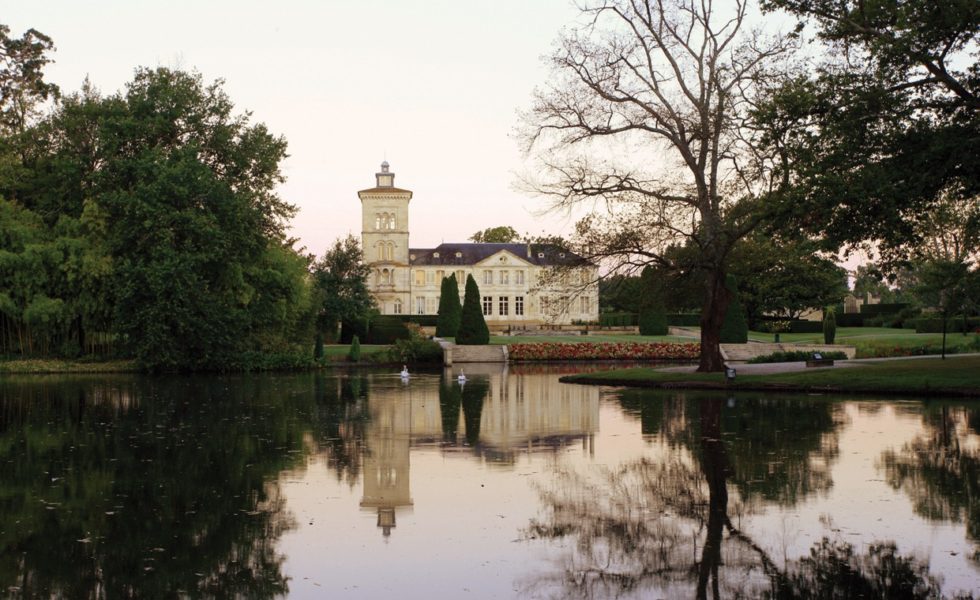
17 vintages of Château Lagrange (and more)
by Panos Kakaviatos for wine-chronicles.com
Freshness from Saint Emilion: Bordeaux 2017 from barrel
Posted on May 7, 2018
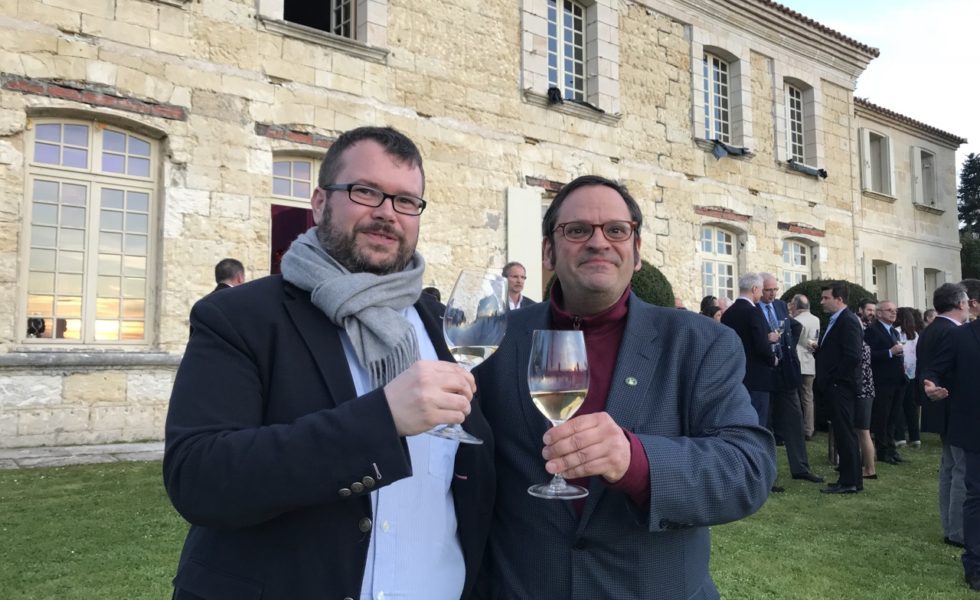
By Panos Kakaviatos for wine-chronicles.com
7 May 2018
Given its rather large size, Saint Emilion is heterogeneous in quality. 2017 compounded differences from the challenge to remove grapes from frost-affected vines, of which there were plenty.
Properties with the most financial means did best to remove under ripe second-generation grapes that may have otherwise wound up in the must. It was not so easy to find low cost Saint Emilions that excelled in 2017, but some exist. Thoughts go out to estates that could not produce any wine because of the epic late April frost.
The beneficial trend away from “big wines” with high alcohol to please certain sugar loving critics in the past (and today) continues. Over-ripe blockbusters are giving way to subtler, more nuanced palates. But 2017 does not lend itself to the former style, and most successful 2017 Saint Emilions please lovers of charm, juiciness and structure. Indeed, obtaining, say, 13 to 14% alcohol wines in 2017 – finely balanced with opulence and freshness – was both possible and welcome this year.
A notable case in point is Château Troplong Mondot, once known for a bombastic style. This year, it counts among my top Saint Emilions and even top Bordeaux, period, in 2017. There are – thankfully – others in that favorable vein.
Seven favorites from Saint Emilion, in alphabetical order and regardless of price
- Angélus
- Ausone
- Belair-Monange
- Canon
- Cheval Blanc
- Larcis Ducasse
- Tertre Roteboeuf
- Troplong Mondot
Seven favorites from Saint Emilion, in alphabetical order that could be bargain buys
- Berliquet
- La Clotte
- Grand Mayne
- Pressac
- Quinault l’Enclos
- Rochebelle
- Sansonnet
Pomerol Plaudits: Bordeaux 2017 from barrel
Posted on May 2, 2018
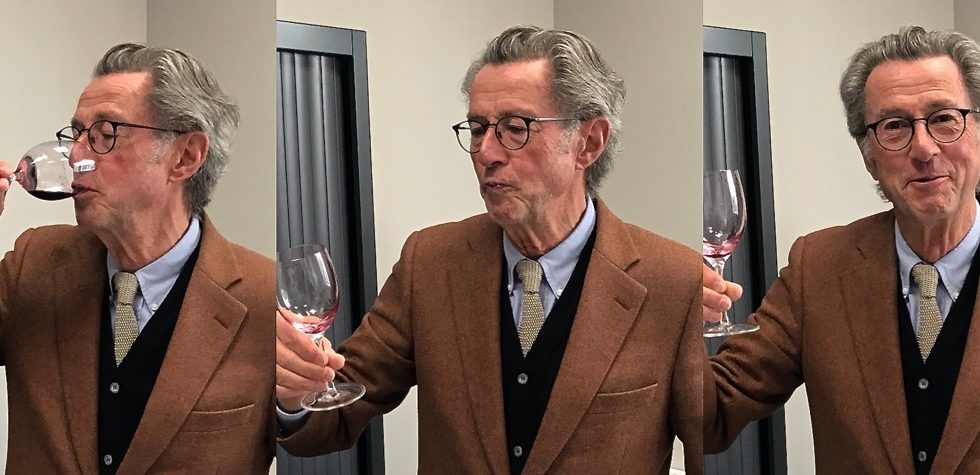
The small Bordeaux appellation with many 2017 hits
By Panos Kakaviatos for wine-chronicles.com
2 May 2018
As almost anywhere in Bordeaux, the best terroirs thrived, especially those with either minimal or no frost. Pomerol in spite of its rather small size, is no exception.
As you can see in the photo, Christian Moueix of the Ets Jean-Pierre Moueix wine company, known for crafting excellent Pomerols at various price points, looks happy about 2017, in spite of frost challenges. In his office, he spoke at length about the need for “bougies” (large candles) in late April, to fight against frost in some vineyards, as well as special fans to deter frost.
Indeed, many estates from this rather small but super famous Bordeaux appellation lost many vines to the frost. Château Taillefer lost 60% of its potential harvest. Château Mazeyres? 75%! But even these estates worked to make wines that ranged from pretty good to excellent. From Moueix properties to Château Evangile, for example, which lost 50% of its potential harvest to frost, and yet made one of the top wines of the vintage.
But other estates in Pomerol, such as Beauregard, Vieux Château Certan, La Conseillante and l’Eglise Clinet had little or no concern about the frost. Guillaume Thienpont of Vieux Château Certan said over our tasting: “The only candle I lit was at church.”
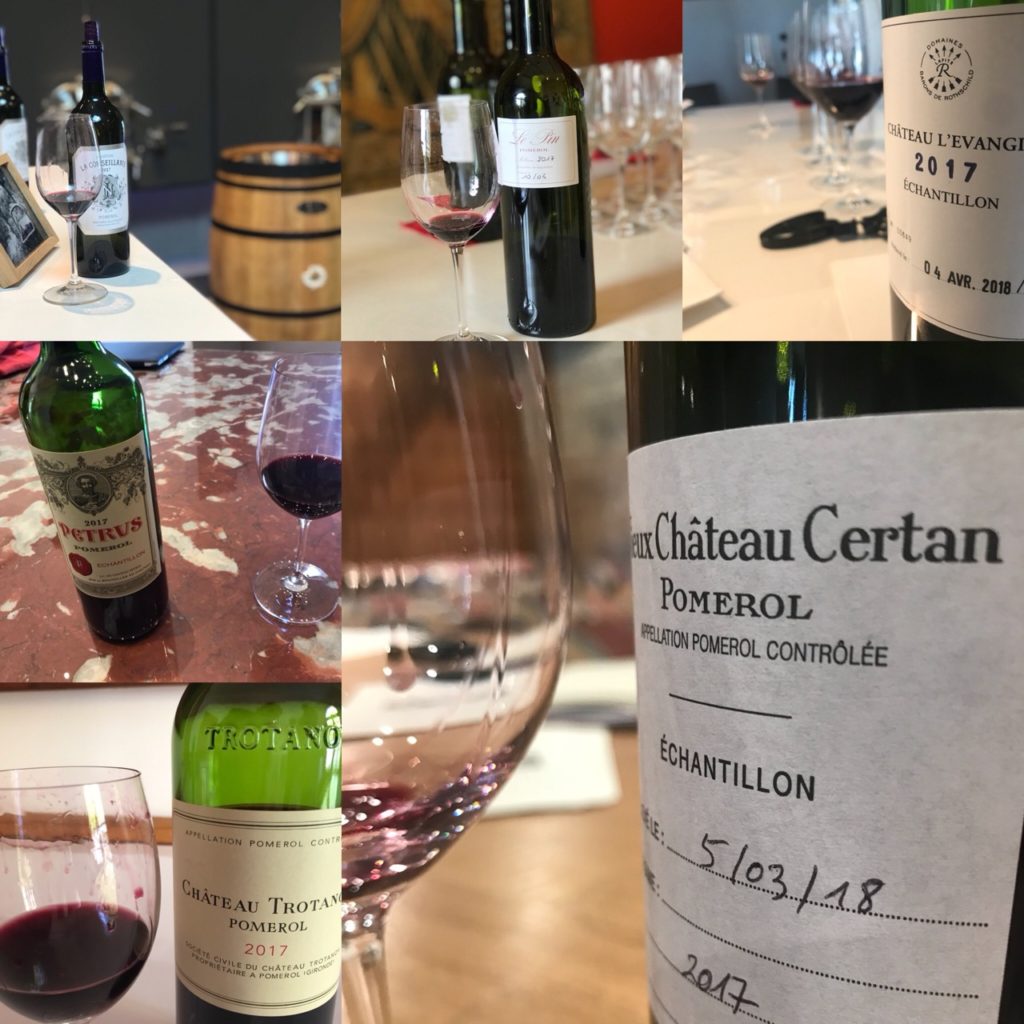
Dear reader, the “curse” of recent vintages ending in “7” for Bordeaux ends with 2017, which includes some truly great wines, many in Pomerol, illustrated above.
So, in Pomerol, you can find wines with somewhat hard tannins, and occasionally uninspiring finishes. Some wines seemed just a bit thin on the mid palate, too, but many others reached such heights as to match a truly great vintage.
Indeed, in a vintage known more for moderate alcohol levels, in Pomerol you can find several wines well above 14% – and they are excellent and balanced. Indeed, the best wines from this appellation count among the very best red Bordeaux has to offer from barrel in 2017, period.
And that can be 2017 in a nutshell: a very heterogeneous vintage that needs time to examine. It is in many ways more interesting to assess than, say, 2016, where the wines were more uniformly good to great. Of course 2016 is a superior vintage, overall, but 2017 was more fascinating to discover and includes some wines that can match 2016 quality, if not style. For my general impression of Bordeaux 2017, click this link.
One other note: Not all the successful Pomerols are very expensive, although all the great ones are.
Tasting Notes: Recall, dear reader, that these are but barrel samples and samples can vary! Certainly tasters vary. ?
As usual, if in bold, I liked in particular. If red and bold, even more. When underlined, too, a potential wine nirvana. Read More
Bordeaux 2017 can resemble 1985
Posted on April 26, 2018
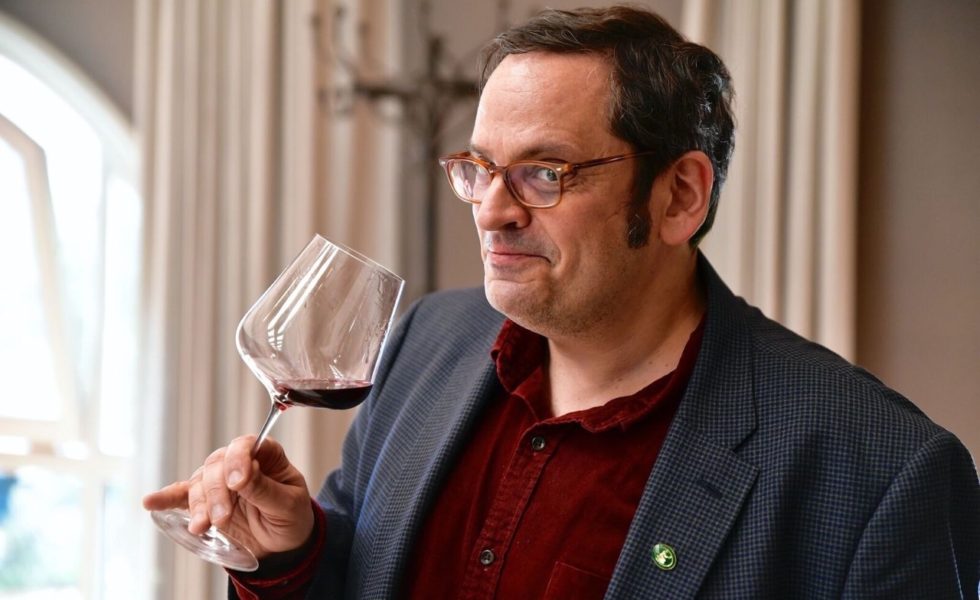
May 2018 Updates on tasting notes: Margaux as well as Sauternes/Barsac posted!
By Panos Kakaviatos for wine-chronicles.com
26 April 2018
This page will be updated regularly, with barrel tasting notes per appellation (keep checking back for new ones).
The northern Médoc: Pauillac, Saint Estèphe and Saint Julien
Moulis, Listrac and Haut Médoc
Right Bank “Satellites”
In assessing the 2017 vintage, some have conjured the dreaded -7 digit, with images of aquatic 1987 reds, or – heaven forbid – insipid 1977 vintage reds. 1967 is not as bad as some would say (as I found out at a -7 vertical at Château Smith Haut Lafitte earlier this month, reaching back to the splendid 1947), but the point is taken. Most recent vintages ending in -7 have been at best “pretty good” as in 2007 or 1997. But I submit that with 2017, the -7 series (in a bad sense) ends. At least for some wines from the vintage. Now, it is not a blockbuster, as in 1947, either.
And, as I had written previously in these pages, 2017 encapsulates not one, but “several” vintages. Informed observers – from Bill Blatch, who writes superb harvest reports, to rising star winemaking consultant Thomas Duclos – note that the vintage can be divided at least into three categories: totally frosted, partially frosted, or not frosted. Then you have different reactions to the two latter situations, with variations according to producer. And of course stylistic winemaking preferences.
Not to mention how regions and microclimates (and grape varieties) handled a somewhat sunless summer and September rains. Some properties have quicker ripening soils so that their Merlots – for example – were not as affected by the rains (Haut Brion, anyone?).
But, one can find a general characteristic for the reds, and it resembles more a vintage ending in -5. No, not 2005. As Blatch wrote, many 2017s have an “underlying gentle nature” that brings forth charm, moderate alcohol levels and pleasing aromatics.
So, what comes to mind?
After tasting hundreds of red wine barrel samples from 2017 earlier this month, I began to think of a tasting in Oslo a couple of years ago with Norway-based wine friends Christer Byklum and Roger Kolbu. I stayed over at Roger’s place one night, and brought Château Léoville Barton 1986 to enjoy. Some 30 years later, the 1986 came across as (still) foreboding, its tannins prominent, so Roger pulled out a Léoville Barton 1985, which was charming, supple and delicious. And 2017 comes to mind… Read More
Bordeaux 2017
Posted on April 11, 2018
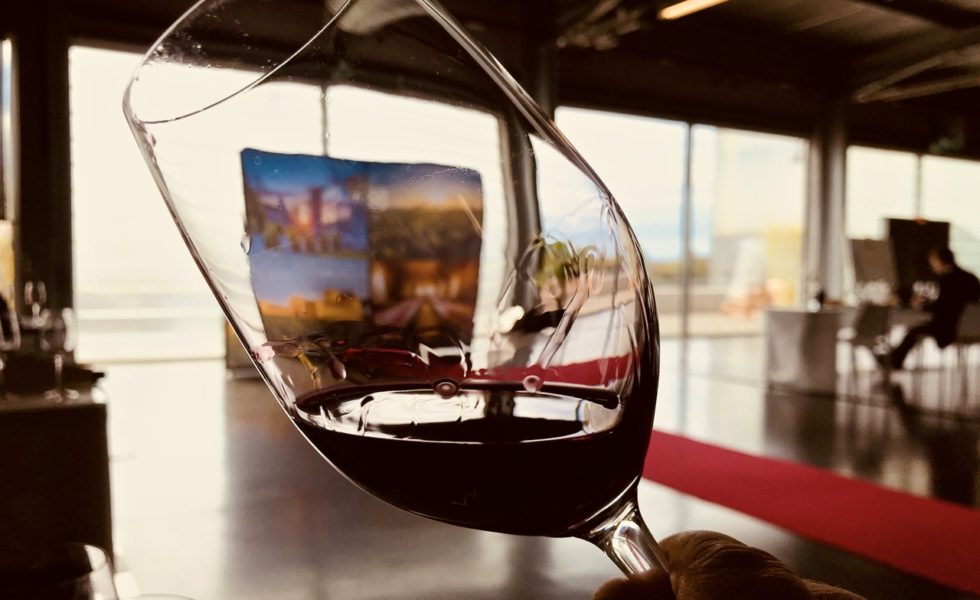
Bye-bye big buzz, hello nuance
By Panos Kakaviatos for wine-chronicles.com
11 April 2018
It is mid week of the official en primeur week, when thousands of merchants and hacks like yours truly descend to Bordeaux to taste, swirl and spit hundreds of wines in a mad rush to get tasting notes and impressions published. But gone are the days when one palate dominated the news to create “big buzz” as we had seen in 2000, for example, when Robert Parker said it was the best thing since the invention of the wheel, or something along those lines.
Then came 2003, 2005, and – crescendo – 2009 and 2010. Big buzzing Bordeaux? Bye-bye.
The 2015 and 2016 vintages did not get the market frenzy comparable to those earlier vintages.
And yet, thousands of people are coming to taste 2017. Some estates report record numbers of visitors. And this for a vintage that is – for the most part – hardly big and buzzing, but rather fine and refreshing. And complicated.
And those two words are hardly euphemisms for a weak vintage. Indeed, it is a complicated vintage, as I wrote initially a few days ago. Having tasted through a few more appellations, with fellow wine writers, we are beginning to put the puzzle together, and it is a pretty puzzle. Some producers are weaker than others, some were hit by frost who managed that better than others, if they had wine to produce.
As far as appellations and areas go, some are weaker than others. One could say that the more inland wines of the Médoc, further away from the river, had a more difficult time dealing with frost in late April and the somewhat sunless July, so that grapes were more difficult to ripen optimally. Read More
 Wine Chronicles
Wine Chronicles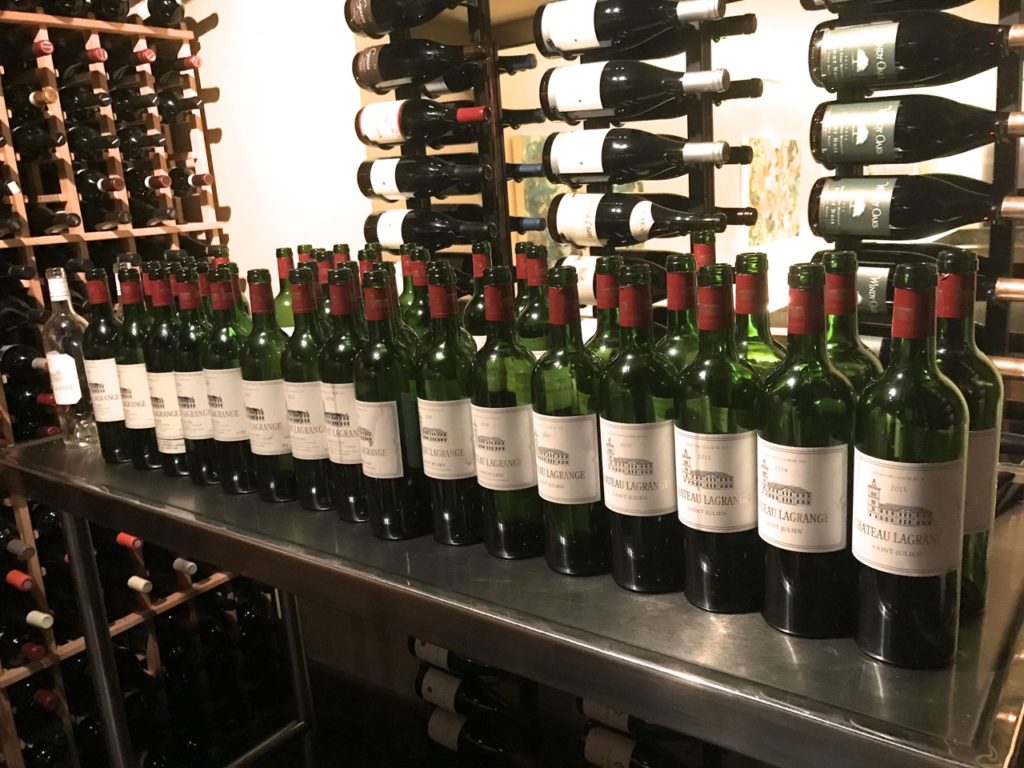
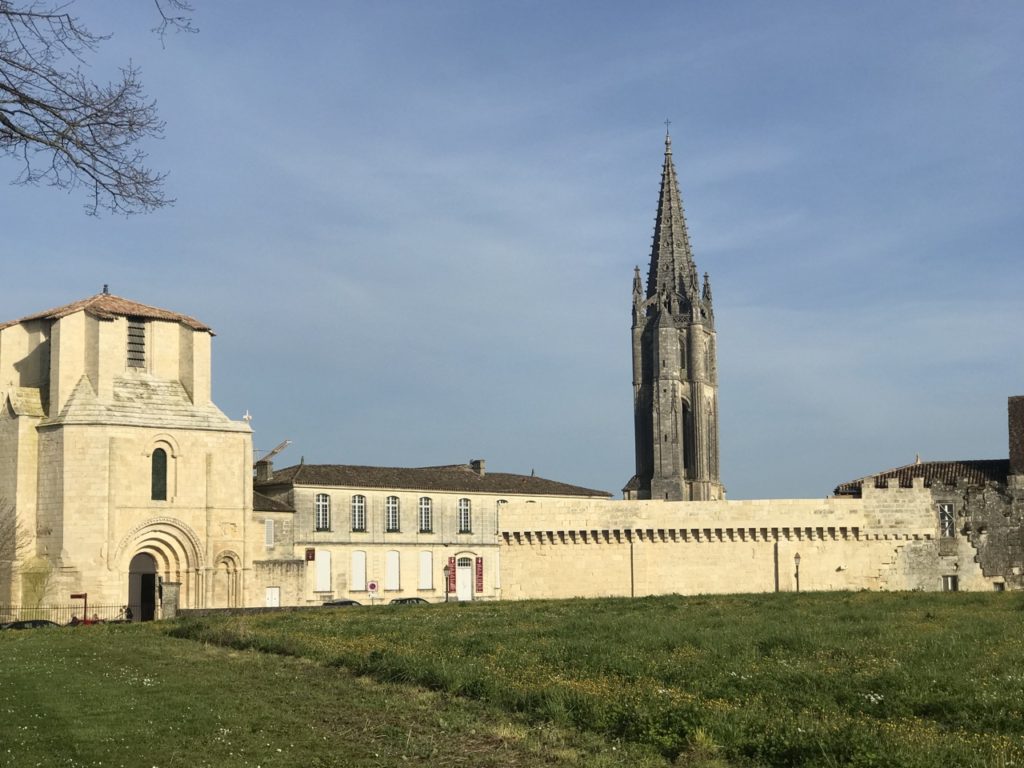
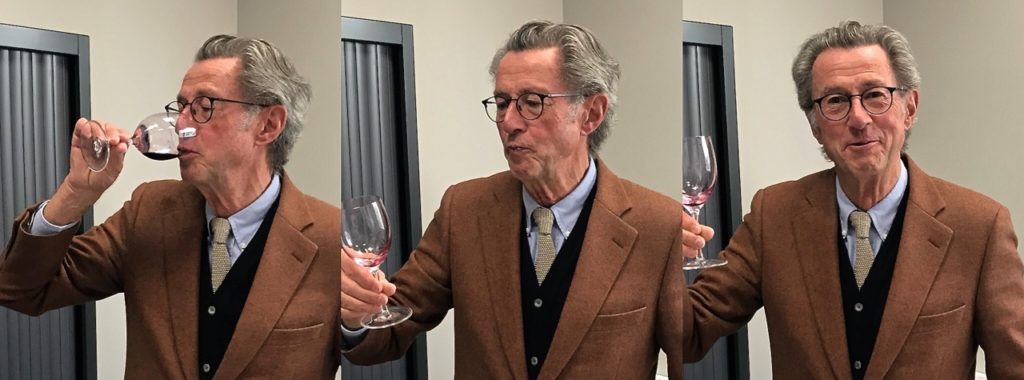
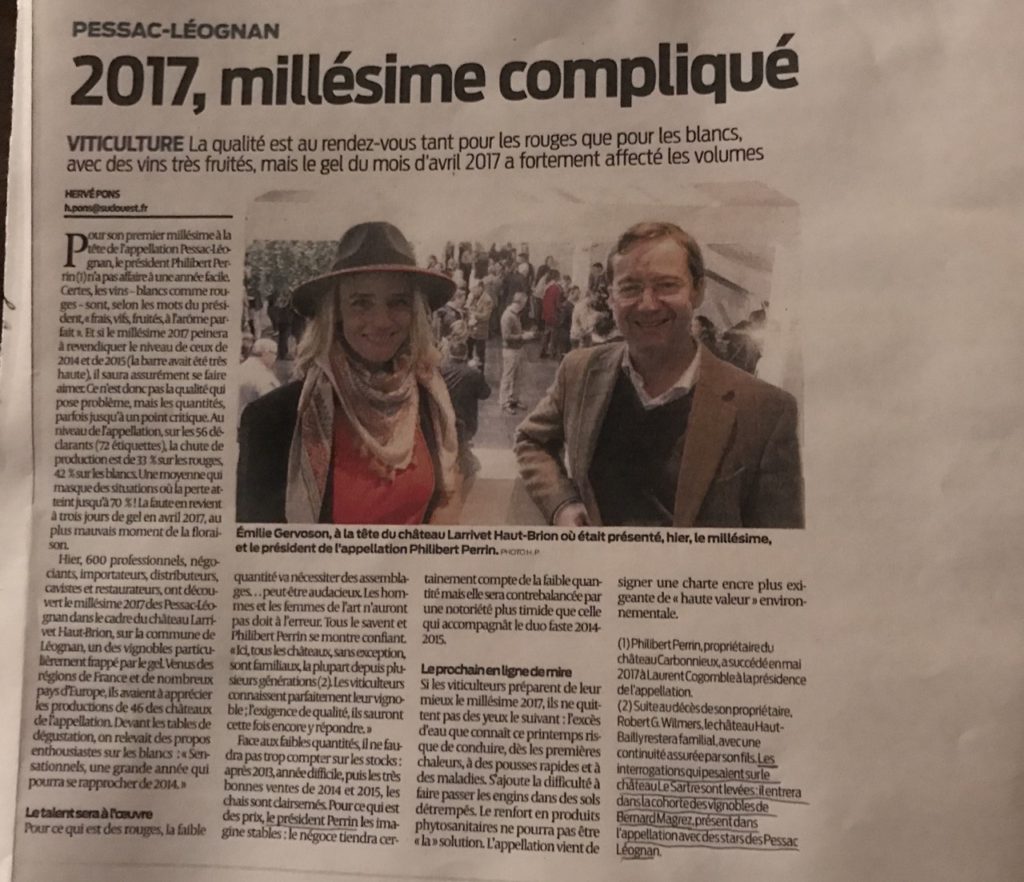
Recent Comments